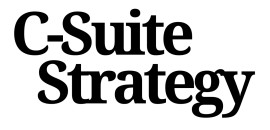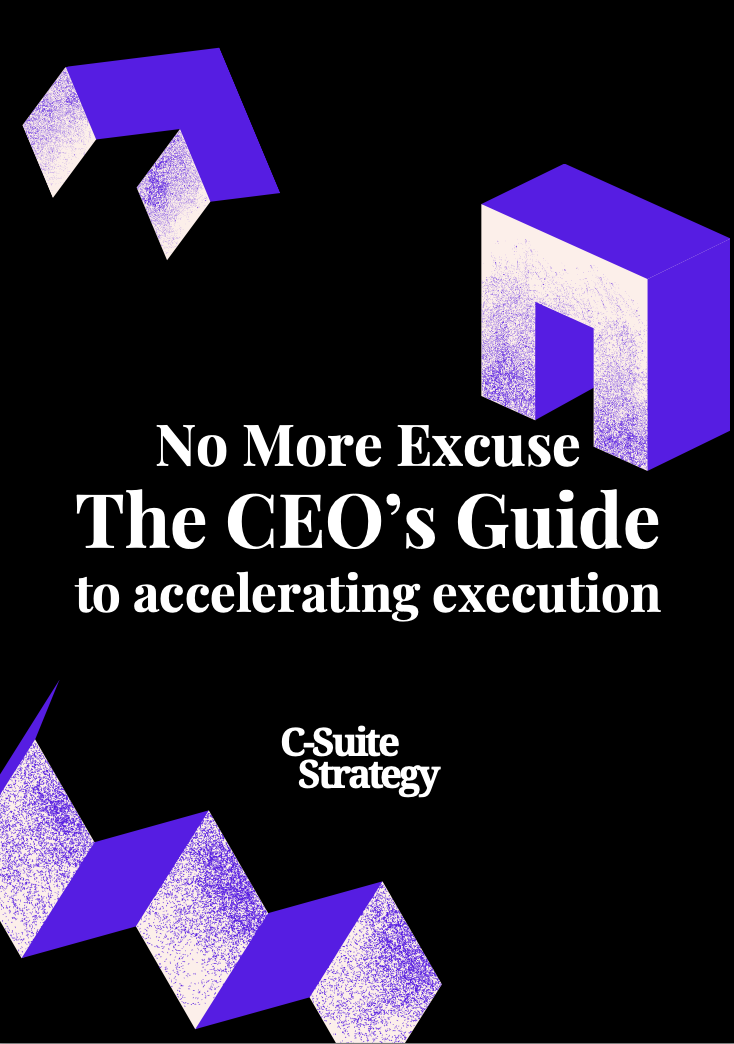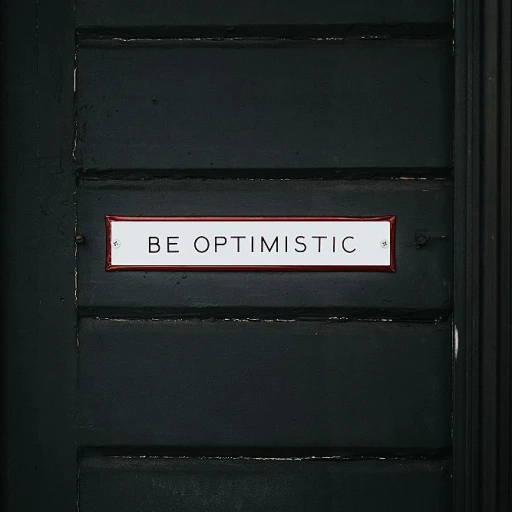
Understanding the Strategy Diamond
Introduction to the Diamond Strategy Framework
The strategy diamond is an essential model that offers a practical framework for understanding how an organization can strategically position itself in the market. For those in the upper echelons of the company, such as the C-suite, comprehending this framework is crucial for crafting a robust strategic plan. One of the key advantages of using the strategy diamond is its holistic approach, considering all elements of strategy in an integrated manner. It shifts the focus from simply having a business strategy to understanding the interconnected aspects that form a cohesive strategic vision. This framework, which emphasizes the importance of clear arenas, vehicles, and differentiators, allows for a structured approach to decision-making. It empowers organizations to identify critical areas for competition and the strategic means to achieve their objectives. Importantly, it also covers the pacing and sequence of these actions, ensuring that each stage is aligned with the economic logic of the organization. For example, when considering the different strategic elements, the diamond model helps in identifying specific "arenas" where the business will compete. Whether it’s specific markets, customer segments, or geographic areas, each component anchors the strategic intentions of the company. Incorporating the strategy diamond into your strategic planning process is about ensuring that your business model and strategic elements align perfectly with the organization's overarching goals. Moreover, it encourages examining the economic logic to understand how returns will be achieved, analyzing how various elements like differentiators and vehicles contribute to your company's unique value proposition. To explore how this framework can be effectively utilized for portfolio management and enhance your strategic approach, you can access comprehensive insights at innovative approaches to portfolio management.Arenas: Where Will We Compete?
Identifying the Competitive Arenas
In the vast landscape of strategic planning, defining arenas is all about identifying where your company will compete to achieve its goals. This element is an essential component of the strategy diamond, prompting companies to ask and explore critical questions about the business environment they want to navigate or potentially reshape. Understanding your arenas helps your company focus on specific market segments, geographic locations, or product categories. It requires deliberate choices about the industry landscapes your organization plans to enter or dominate. Without clarity in this area, the chance for strategic success wanes significantly. Here’s how to effectively leverage this element of the diamond model:- Market Education: Dive deep into market research to understand the current landscape. Analyze competitors and assess customer needs. This comprehension will form the bedrock of your strategic decisions.
- Scope Definition: Clearly outline the breadth of the arenas. Will you tackle a niche segment or aim for a broader reach? Defining the scope sets the stage for the allocation of resources and focus of efforts.
- Alignment with Vision: Ensure your chosen arenas align with your company’s long-term vision and objectives. This alignment is critical for consistency in your strategic planning efforts.
- Scenario Analysis: Consider different scenarios that might affect your chosen markets. This forward-thinking approach prepares your business for potential shifts, enhancing resilience against unforeseen changes.
Vehicles: How Will We Get There?
Navigating the Strategic Pathways
In the intricate framework of the strategy diamond, vehicles represent the strategic pathways through which a business aims to achieve its objectives. Understanding and selecting the right vehicles is crucial to aligning with chosen arenas and leveraging differentiators effectively. When contemplating how your organization will reach its targeted goals, consider the available strategic vehicles, such as:- Joint Ventures and Alliances: Forming partnerships can provide access to new markets and shared resources, enhancing competitive advantage without fully committing to acquisitions.
- Acquisitions and Mergers: These offer an instant presence in new areas or the acquisition of unique capabilities, though they often involve higher risk and require thorough due diligence.
- Internal Development: Cultivating new capabilities or innovations within the structure, allowing you to maintain control and tailor products or services to fit company values and goals.
Differentiators: How Will We Win?
Winning the Competitive Edge
In the bustling arenas where businesses operate, the key question remains: how will we win? Understanding this component of the strategy diamond, often referred to as differentiators, is essential for a company's success. By thoughtfully analyzing the various elements strategy offers, CEOs can better craft a strategic plan that positions their company ahead of the curve. Differentiators are the unique factors that distinguish one organization from another in the market. These could be related to superior product quality, innovative technology, exceptional customer service, or an efficient business model, among others. Identifying these strategic differentiators is crucial, as they will dictate how a company can create and sustain a competitive advantage. It's imperative for companies to recognize that the success of these differentiators relies on their alignment with the overall diamond model. This means understanding how each piece of the puzzle fits together — from identifying the arenas in which to compete to selecting the appropriate vehicles for delivery. Everything must interlock seamlessly to avoid disjointed strategies that can lead to strategic misalignment. Consider, for example, a company known for its rapid product innovation. If the elements of its strategy, like staging pacing and economic logic, are not in sync with its differentiators, the company might struggle to maintain its competitive edge. Ensuring that all elements strategy captures align with the diamond template helps the company effectively utilize its strengths. Ultimately, the goal is to create a comprehensive business strategy where differentiators not only set an organization apart but pave the way for enduring success in the market. By leveraging the insights provided by the strategy diamond framework, businesses can refine their strategic plan to enhance their market position and drive economic returns.Staging: What Will Be Our Speed and Sequence of Moves?
Setting the Right Pace for Strategic Success
In the strategic world, pacing and sequence of moves are crucial elements of the Strategy Diamond framework. This element determines how swiftly a company advances through its competitive landscape. Staging primarily concerns itself with the timing and extent of your actions. Unlike other elements such as arenas or differentiators, staging does not focus on the "what" or "where" of a business strategy. Instead, it deals with the "when" and "how" aspects. Thus, a company's ability to manage the stage at which it unfolds its strategic maneuvers can dramatically impact its success. Consider a company that's entering a new market. Would it be advantageous to launch all products at once, or progressively introduce them? Staging helps in making such decisions, impacting how resources are allocated over time. The correct pace can enhance organizational efficiency and bolster a strong market presence. In integrating the staging element with other parts of the diamond model, businesses need to contemplate several factors:- Resource Availability: Your strategic plan's execution largely depends on the resources your organization can allocate at different stages. A strategy often falls short due to overextension, so balancing act is crucial.
- Market Conditions: Timing is everything when it comes to achieving competitive advantage. Analyze both current and potential market conditions to decide when to implement your strategic decisions.
- Competitor Moves: Being aware of competitors' strategies can assist in timing your moves to outpace them or to avoid direct competition when it's opportune.
- Organizational Readiness: The readiness of your organization to adapt to change can dictate the speed at which certain strategies can be staged. An ill-prepared company may find itself disrupted if changes are too rapid.
Economic Logic: How Will We Obtain Our Returns?
Decoding Economic Logic for Strategic Success
In the intricate dance of business strategy, understanding economic logic is akin to mastering the rhythm that ensures all other elements move in harmony. This facet of the strategy diamond model is crucial as it underpins the financial rationale behind your strategic plan. It answers the pivotal question: How will your organization obtain its returns?
Economic logic is not merely about numbers; it’s about aligning your business model with market realities and your strategic objectives. It requires a deep dive into the cost structures, revenue streams, and pricing strategies that will drive profitability. For instance, if your company is competing in high-growth arenas, your economic logic might focus on scaling efficiently to capture market share swiftly. Conversely, in a mature market, the emphasis might shift towards optimizing operational efficiencies and enhancing product differentiators to maintain margins.
Here are some key considerations when crafting your economic logic:
- Cost Leadership: Can your company achieve a cost advantage that allows it to offer competitive pricing while maintaining healthy margins?
- Value Proposition: What unique value does your product or service offer that justifies its price point?
- Revenue Streams: Are there multiple avenues for generating revenue, and how do they align with your strategic goals?
- Investment Priorities: Where should resources be allocated to maximize returns, considering the staging and pacing of your strategic moves?
By integrating these elements into your strategic framework, you ensure that your economic logic is not just a theoretical exercise but a practical guide that informs decision-making across the organization. This alignment is essential for sustaining competitive advantage and achieving long-term business success.














